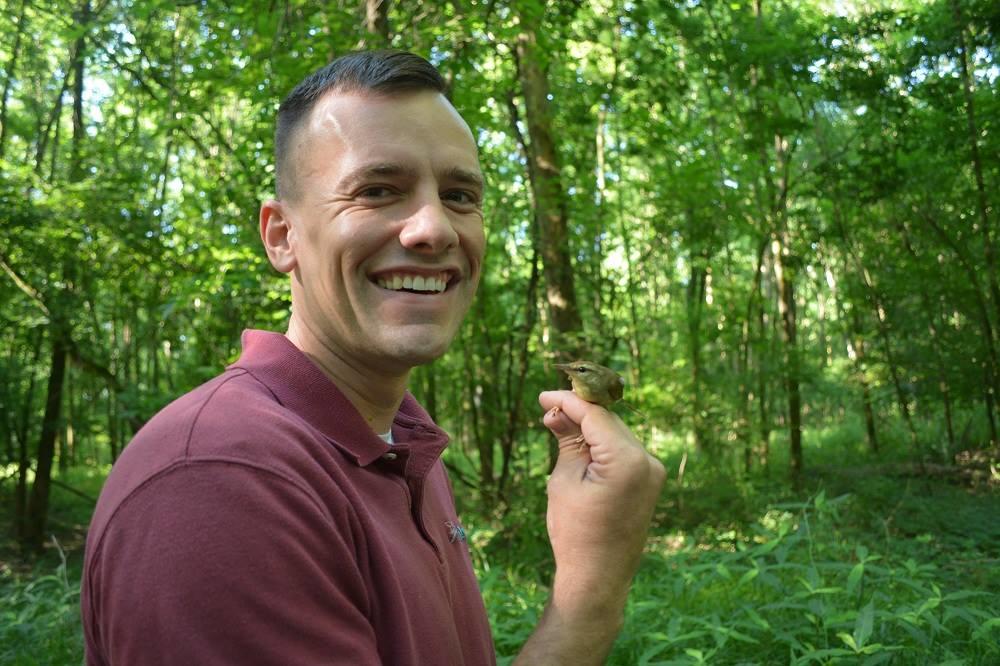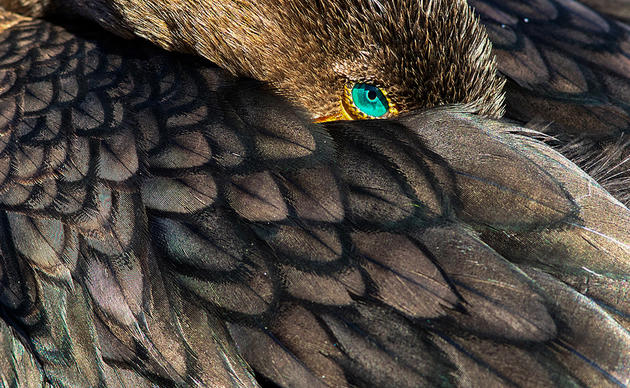Bird-Friendly Forests

Forest bird populations are declining. The common wisdom is that their needs aren't compatible with the needs of the forestry industry — but that's not so. Through years of experimentation, Audubon South Carolina has developed "bird-friendly" methods that foresters can use to shelter birds even while generating profits. It's an amazing win-win for our state.
Audubon Workshops
Using our Silver Bluff Sanctuary as a demonstration site, Audubon South Carolina has already introduced more than 300 landowners and land managers to these bird-friendly methods.
Our workshops focus on bottomland hardwoods, an ecosystem that's critically important to dozens of bird species as well as other wildlife. And we give the most attention to 13 priority species, because if we protect them, we automatically protect the whole ecosystem and the other creatures in it.
Simple Solutions
Most landowners and land managers think that their only choices are to clearcut or cut nothing at all. They're thrilled to discover options like the following:
- Preserve Part of the Canopy: Harvesting trees in a way that preserves 65 to 75 percent of the canopy is fantastic for many birds, including the Kentucky Warbler and the Prothonotary Warbler.
- Create Small Clearings: Small clearcuts that start the natural process of forest growth over again are great for other birds. When Hurricane Hugo blew through Silver Bluff in 1989, it left bald patches. Suddenly, we had Swainson's Warblers, which thrive on new growth. The key is to keep those cuts small, as if a few tornadoes had just touched down.
- Go for Vertical Diversity: Want lots of bird species in your forest? Encourage trees and shrubs of different heights. That means moving away from "even-aged stands" where trees are all the same height and not much grows beneath them. To provide shelter for all the birds that will be stressed by climate change, our state needs more vertically-diverse forests.
As you can see, these methods mimic nature, while letting landowners continue to profit. They're also good for game birds. And, they're just a few of the bird-friendly options we teach in our workshops.
Taking It to Scale
In addition to training individual landowners and land managers, we're also working with land trusts and government agencies to have a much bigger impact. We're currently involved in projects that could affect hundreds of thousands of acres — and millions of birds. In our heavily-forested state, the sky's the limit for these bird-friendly techniques.
To learn more, check out this webinar and the documents linked below. If you want to take a workshop or host one in your area, please let us know. Where birds thrive, people prosper!
PROJECT CONTACT: Tim Evans (tevans@audubon.org).
Sanctuaries
Plan a trip to one of Audubon South Carolina's two wildlife sanctuaries in the state.










